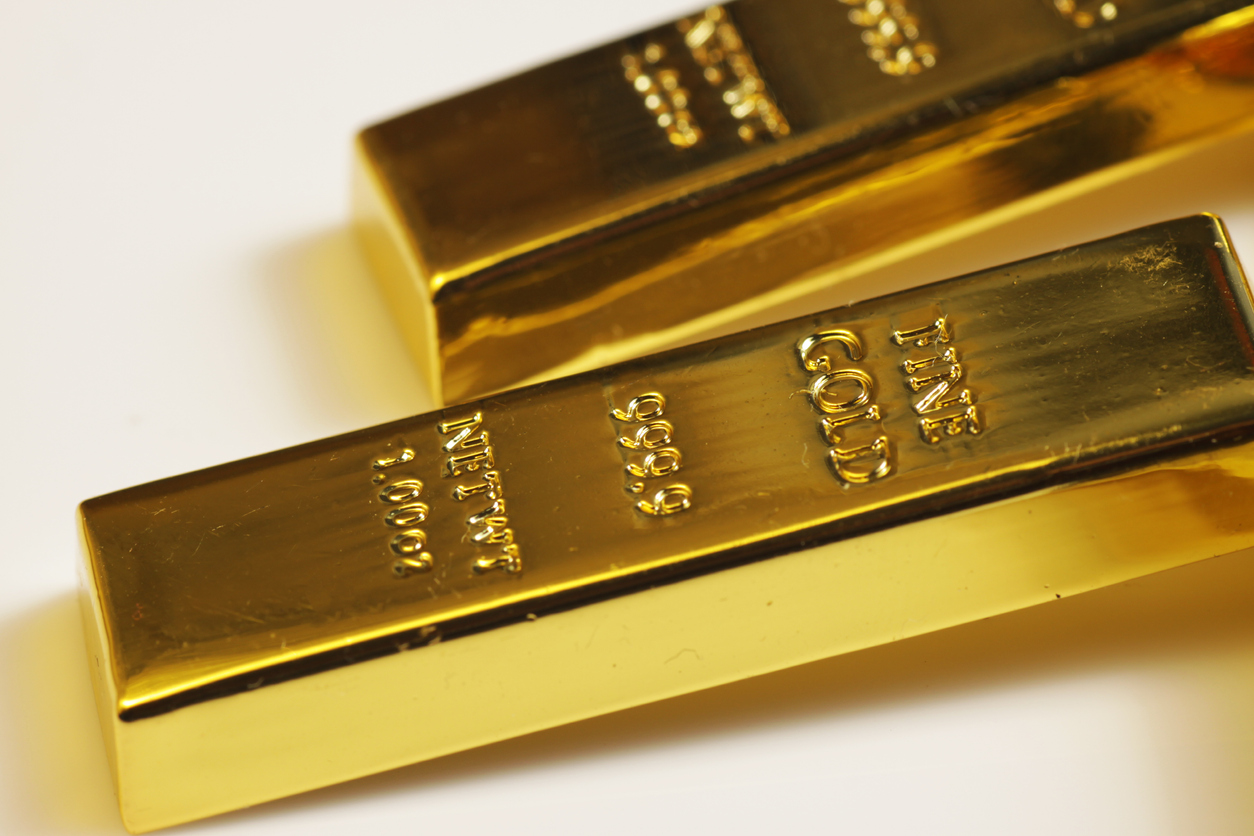Gold Prices Are Nearing the $2,800 Mark: Is It a Good Time to Invest?
The gold market has seen remarkable growth throughout 2024, with prices reaching new heights and breaking multiple records. The bull market for gold began in early March when prices soared to $2,160 per ounce, marking an 8% increase from the previous record set in December 2023. This upward trend has continued, with gold prices consistently breaking records as they climb. Currently, prices are approaching $2,800 per ounce. This rapid increase has led to substantial gains for investors who entered the market earlier this year. For instance, those who bought gold in March at $2,160 per ounce have experienced a nearly 27% rise in value since then. This is a significant increase in just a few months, especially for an asset typically associated with long-term growth. However, while early investors have reaped the benefits of this price surge, potential newcomers may be questioning whether now is the right moment to invest. The idea of purchasing at such high prices seems to contradict the fundamental investment principle of buying low and selling high. So, is it wise to invest in gold at this premium price?
Is Now the Right Time to Invest in Gold?
When considering your investment strategy, it’s essential to align it with your personal goals. That said, there are several compelling reasons to consider adding gold to your portfolio at this moment, despite its elevated price.
Potential for Further Price Appreciation
Although gold is currently trading near $2,800 per ounce, many analysts believe there is still potential for prices to rise even more. Some forecasts suggest that gold could hit $3,000 per ounce by the end of the year or shortly thereafter. This optimistic outlook is supported by several factors:
- Institutional Demand: Central banks worldwide are increasingly purchasing gold, which strengthens demand and supports higher prices. In 2023, they acquired over 1,136 metric tons, the highest in over five decades.
- Limited Supply: The finite nature of gold means that as demand increases, prices are likely to rise due to scarcity. Many major gold mines are approaching depletion, adding pressure to the supply chain.
- Industrial Applications: Gold is increasingly utilized in various industries, including electronics and healthcare. This growing industrial demand further enhances its value, as new applications create additional reasons for businesses to seek gold.
By investing now, you may be setting yourself up to take advantage of potential price increases in the future, even if the current price seems steep. Delaying your purchase might result in missing out on a more favorable entry point.
Safeguarding Against Economic Uncertainty
While inflation has eased considerably in recent months, it’s not the only economic factor that could affect your investment strategy. The global economy is still grappling with various challenges, such as persistent geopolitical tensions and economic instability. Historically, gold has been viewed as a dependable safeguard against these uncertainties, making it a wise choice to invest in now. Here’s how it can shield you in a volatile economic landscape:
- Preserving Purchasing Power: Gold has historically maintained its value over time, helping investors protect their purchasing power in the face of inflation and currency fluctuations.
- Safe-Haven Asset: During periods of economic distress or geopolitical tensions, gold often sees a surge in demand, serving as a reliable store of value when other investments falter.
- High Liquidity: Gold is easily convertible to cash, offering financial flexibility. Whether through physical gold or gold ETFs, investors can liquidate their holdings quickly during economic downturns, ensuring access to necessary funds.
The Importance of Portfolio Diversification
One of the key reasons investors include gold in their portfolios is its unique relationship with other assets. Gold has historically demonstrated a low or negative correlation with stocks and bonds, meaning that when the stock market faces downturns, as it has recently, gold often remains stable. By adding gold to your portfolio now, even at current elevated prices, you’re incorporating an asset that doesn’t move in tandem with traditional investments. This helps to lower the overall risk and volatility of your portfolio, ensuring that even if other investments are underperforming, a portion of your wealth stays safeguarded.
The Key Takeaway
The recent rise in gold prices has led some investors to wonder if it's the right moment to make a purchase. Although investing in any asset at its peak can feel risky, there are compelling reasons to consider adding gold to your portfolio, even at these higher prices. The possibility of further price increases, the necessity for a dependable safeguard against persistent economic instability, and the diversification advantages that gold offers all highlight its lasting worth as an investment.
Related: Should I invest in Gold?














